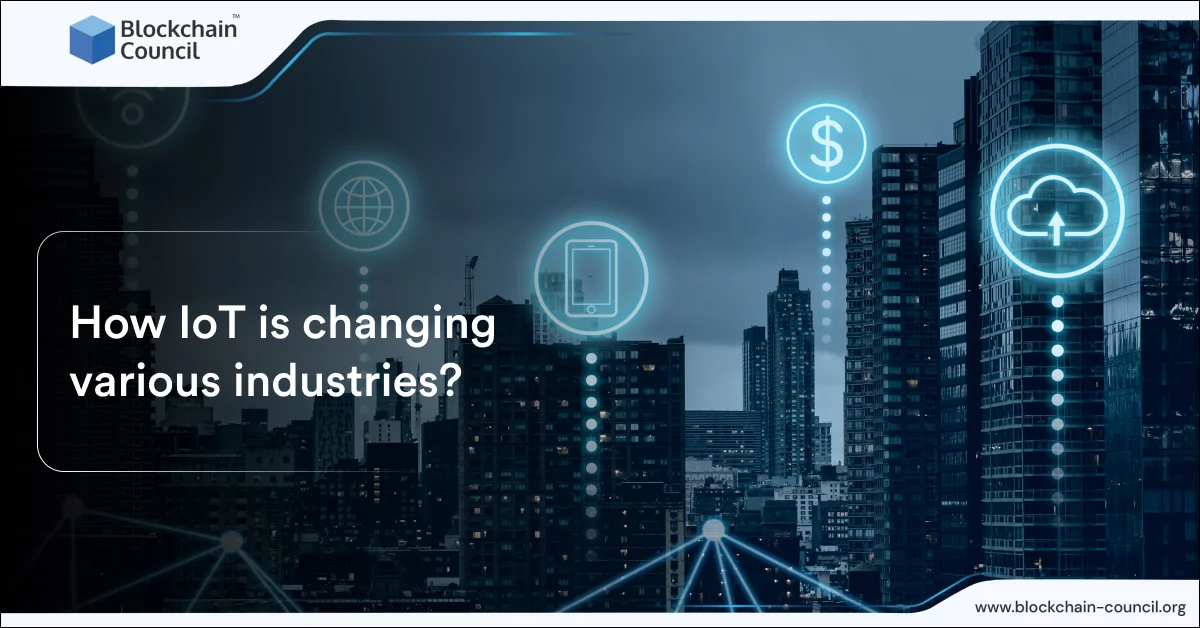
- Blockchain Council
- October 23, 2023
Summary:
- IoT, or Internet of Things, connects everyday objects to the internet for data exchange, enhancing efficiency, reducing costs, and driving innovation.
- IoT devices use sensors to collect data, which is sent to central systems or cloud servers.
- Centralized control allows users to monitor and manage IoT devices remotely.
- Automation in IoT enables tasks like adjusting home settings or machinery maintenance based on real-time data.
- IoT has applications in healthcare, agriculture, transportation, manufacturing, retail, energy, and environmental monitoring.
- Challenges include security and scalability due to the increasing number of connected devices.
- Data analytics on IoT data helps in making informed decisions and improving efficiency.
- IoT benefits include improved efficiency, cost savings, enhanced productivity, real-time data insights, automation, better decision-making, remote monitoring, predictive maintenance, safety and security enhancement, and environmental impact reduction.
- Future trends in IoT include 5G connectivity, edge computing, AI and machine learning integration, and applications in healthcare, smart cities, security, agriculture, Industry 4.0, supply chain management, retail, and environmental monitoring.
- Learning IoT and earning certifications can be valuable for career development, with self-paced study and hands-on experience recommended.
- The IoT revolution continues to drive innovation, with limitless potential across various industries.
Introduction
The Internet of Things (IoT) is a technological phenomenon that has revolutionized numerous industries. It involves connecting everyday devices and objects to the internet, allowing them to gather and exchange data. This data-driven approach has far-reaching implications, enhancing efficiency, reducing costs, and driving innovation across various sectors. In this in-depth article, we will delve into how IoT is transforming several key industries.
What is IoT?
IoT stands for “Internet of Things.” It’s a concept where everyday objects, like appliances, cars, or even streetlights, are connected to the internet. This allows them to communicate and share data with each other and with people. The idea is to make these things smarter and more efficient by giving them the ability to collect and exchange information. For example, you could control your thermostat from your phone or have a smart fridge that tells you when you’re running low on groceries. It’s all about making our lives easier and more connected through technology.
Devices and Sensors: In IoT, various devices and sensors are used to collect data. These can include anything from temperature sensors in your home to GPS sensors in your car. These devices are equipped with technology to connect to the internet or other networks.
Data Communication: Once the devices collect data, they send it over the internet or a network to a central system or cloud server. This data can include information about the device’s status, environment, or any other relevant data.
Centralized Control: The data collected from these devices can be monitored and controlled from a central location. For example, you can use your smartphone to adjust the temperature in your home through a smart thermostat.
Automation: IoT enables automation of various tasks. For instance, smart home systems can automatically adjust lighting and heating based on your preferences and sensor data. In industry, IoT can automate machinery maintenance based on real-time performance data.
Applications: IoT has numerous applications across various sectors. In healthcare, it can be used for remote patient monitoring. In agriculture, it can help optimize irrigation based on soil moisture levels. In transportation, it’s used for vehicle tracking and traffic management.
Challenges: IoT also presents challenges, such as security and privacy concerns. With so many devices connected to the internet, ensuring data protection and preventing unauthorized access is crucial.
Scalability: IoT networks can scale to accommodate a vast number of devices. This scalability is essential as the number of connected devices continues to grow.
Data Analytics: The data collected from IoT devices can be analyzed to gain valuable insights. This can help in making informed decisions, predicting maintenance needs, and improving efficiency.
In simple terms, IoT is about connecting everyday objects to the internet to gather and use data to make things more convenient, efficient, and automated. It has applications in various aspects of our lives, from homes to industries, and it continues to evolve and expand.
Also Read- What Is Google Bard And How Does It Work?
Benefits of IoT in different industries
Healthcare:
IoT has ushered in a new era of healthcare. Wearable devices, such as smartwatches and fitness trackers, continuously monitor vital signs, track physical activity, and even detect irregular health patterns. Hospitals utilize IoT for equipment management, ensuring that medical devices are operating optimally, and for real-time patient data monitoring. Remote patient monitoring has become increasingly accessible, empowering doctors to closely monitor patients’ health, thereby reducing hospital admissions and improving patient outcomes.
Agriculture:
In agriculture, IoT has significantly enhanced crop management and animal husbandry practices. Smart sensors strategically placed in fields collect data on soil moisture, temperature, and nutrient levels. This information helps farmers make data-driven decisions regarding irrigation, fertilization, and pest control. Livestock tracking through IoT ensures animal well-being and assists in disease prevention. These advancements contribute to increased yields, sustainable farming practices, and food security.
Manufacturing:
IoT has given rise to the concept of smart factories. Manufacturing plants now feature a network of sensors and interconnected machinery that monitor production processes in real-time. This data enables predictive maintenance, minimizing equipment downtime and reducing costly repairs. Furthermore, IoT facilitates supply chain optimization, enhancing inventory management and minimizing wastage, resulting in streamlined and cost-effective manufacturing.
Transportation:
The transportation sector has undergone a massive transformation thanks to IoT. Smart traffic management systems help reduce congestion and enhance road safety. IoT-connected vehicles provide real-time data on their performance, enabling proactive maintenance and increasing overall safety. In logistics, tracking and monitoring goods through IoT sensors ensure efficient delivery and minimize losses. Autonomous vehicles, driven by IoT technology, are poised to reshape the future of transportation.
Retail:
IoT is reshaping the retail landscape by elevating the customer experience. Smart shelves automatically manage inventory levels, notifying staff when restocking is needed. Beacon technology sends personalized offers and discounts to shoppers’ smartphones as they navigate stores. Moreover, IoT-driven analytics provide retailers with invaluable insights into customer behavior and preferences, enabling more effective marketing strategies and improving overall profitability.
Energy:
The energy sector benefits from IoT by optimizing energy consumption and reducing waste. Smart grids efficiently distribute electricity, responding to changes in demand and reducing outages. In homes and commercial buildings, smart thermostats adjust heating and cooling based on occupancy, resulting in energy savings and cost reduction. Renewable energy sources, such as solar panels, are integrated with IoT for better management and utilization, contributing to a more sustainable future.
Environmental Monitoring:
IoT plays a pivotal role in environmental conservation efforts. Sensors continuously collect data on air and water quality, weather conditions, and wildlife behavior. This information aids in early detection of environmental issues and natural disasters, enabling prompt response and effective mitigation efforts. IoT technology is crucial in our collective efforts to protect the environment and combat climate change.
Also Read- Top 5 Certifications And Courses To Learn About Generative AI
Future Trends in IoT
Here are some recent trends in IoT (Internet of Things):
5G Connectivity
The rollout of 5G networks has accelerated the adoption of IoT. 5G offers faster and more reliable connectivity, which is crucial for real-time data transmission in IoT applications.
Edge Computing
IoT devices are increasingly equipped with edge computing capabilities. This means that data processing and analysis can occur closer to the device itself, reducing latency and improving response times.
AI and Machine Learning Integration
IoT devices are becoming smarter with the integration of artificial intelligence (AI) and machine learning (ML) algorithms. This enables devices to make real-time decisions and predictions based on the data they collect.
Healthcare
IoT is playing a significant role in the healthcare sector. Remote patient monitoring, wearable health devices, and smart healthcare systems are on the rise, providing better healthcare services and patient outcomes.
Smart Cities
Many cities are implementing IoT solutions to become “smart cities.” This includes using IoT for traffic management, waste management, energy optimization, and enhancing overall urban living.
Security
With the increasing number of IoT devices, security has become a major concern. Recent trends focus on improving IoT security with features like better encryption, authentication, and regular software updates.
Agriculture
Precision agriculture is benefiting from IoT technologies. Farmers use sensors to monitor soil conditions, crop health, and weather data to optimize farming practices and increase yields.
Industry 4.0
The industrial sector is embracing IoT as part of Industry 4.0. IoT sensors and data analytics are used for predictive maintenance, improving production processes, and reducing downtime.
Supply Chain
IoT is being used to enhance supply chain management by providing real-time visibility into the movement and condition of goods during transportation, leading to more efficient logistics.
Energy Management
IoT is helping to optimize energy consumption in buildings and industries. Smart meters and sensors enable better energy monitoring and conservation.
Retail
Retailers are using IoT for inventory management, personalized shopping experiences, and optimizing store layouts to improve customer satisfaction and operational efficiency.
Environmental Monitoring
IoT devices are used to monitor environmental conditions, such as air quality, water quality, and wildlife tracking, contributing to environmental conservation efforts.
These trends reflect the continued growth and diversification of IoT applications across various industries. As technology continues to evolve, we can expect even more innovative and practical uses for IoT in the near future.
Conclusion
The Internet of Things has transcended its early stages to become a fundamental driver of innovation and efficiency across various industries. From healthcare to agriculture, manufacturing, transportation, retail, energy, and environmental monitoring, IoT applications are diverse and transformative. As technology continues to advance, we can anticipate even more groundbreaking innovations and opportunities in these sectors, ultimately improving our daily lives and redefining the way businesses operate. The IoT revolution is here to stay, and its potential remains limitless.
FAQs
How does IoT transform industries?
- IoT transforms industries by connecting everyday objects to the internet for data exchange and automation.
- It enhances efficiency, reduces costs, and drives innovation across various sectors.
- IoT enables remote monitoring, automation of tasks, and real-time data insights.
What is the future of IoT in industry?
- The future of IoT in industry is promising and continually evolving.
- Trends in IoT include 5G connectivity, edge computing, AI and machine learning integration.
- IoT applications will continue to improve healthcare, create smart cities, enhance security, and drive agriculture.
- It will play a vital role in Industry 4.0, enhancing supply chain management, retail experiences, and environmental monitoring.
- The IoT industry is expected to grow as more innovative applications emerge.
Is the IoT industry growing?
- Yes, the IoT industry is growing steadily as more applications are developed.
- The rollout of 5G networks has accelerated IoT adoption.
- IoT devices are becoming smarter with AI and machine learning integration.
- Industry sectors like healthcare, agriculture, manufacturing, transportation, and retail are adopting IoT solutions, contributing to its growth.
What is an example of IoT in the industrial industry?
- An example of IoT in the industrial industry is the concept of smart factories.
- Smart factories use a network of sensors and interconnected machinery to monitor production processes in real-time.
- IoT enables predictive maintenance, minimizing equipment downtime and reducing costly repairs.
- It also facilitates supply chain optimization, enhancing inventory management and minimizing wastage in manufacturing.

































































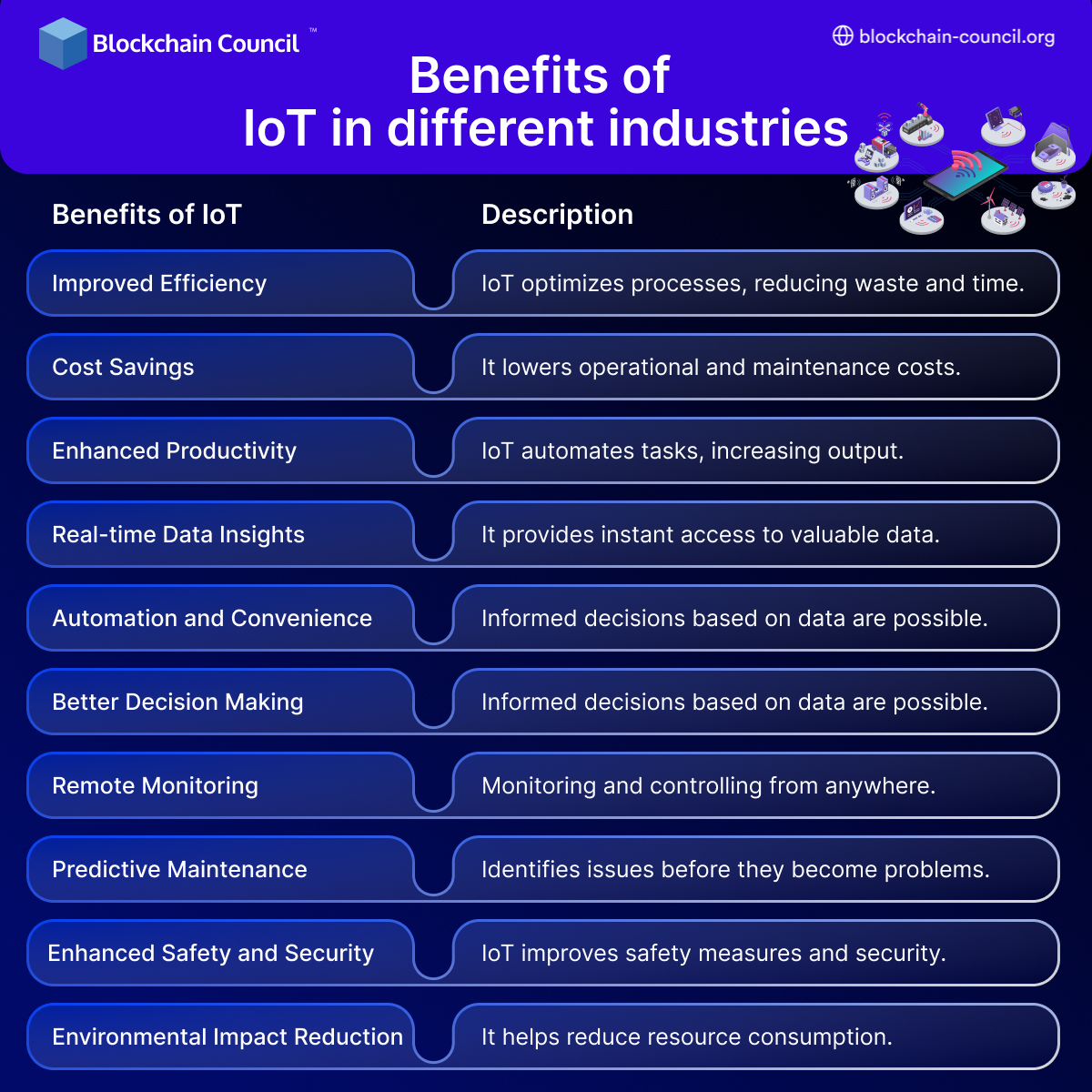
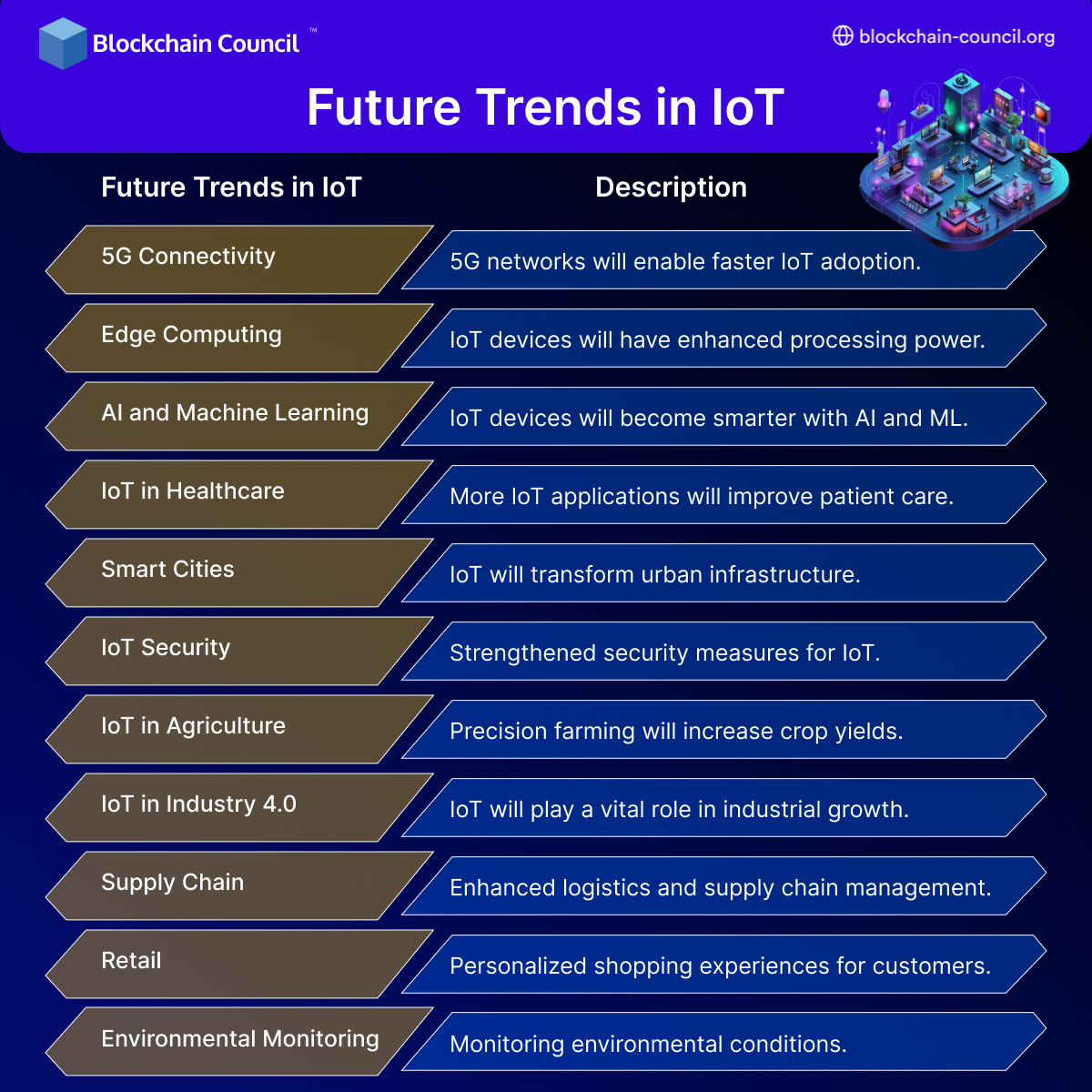
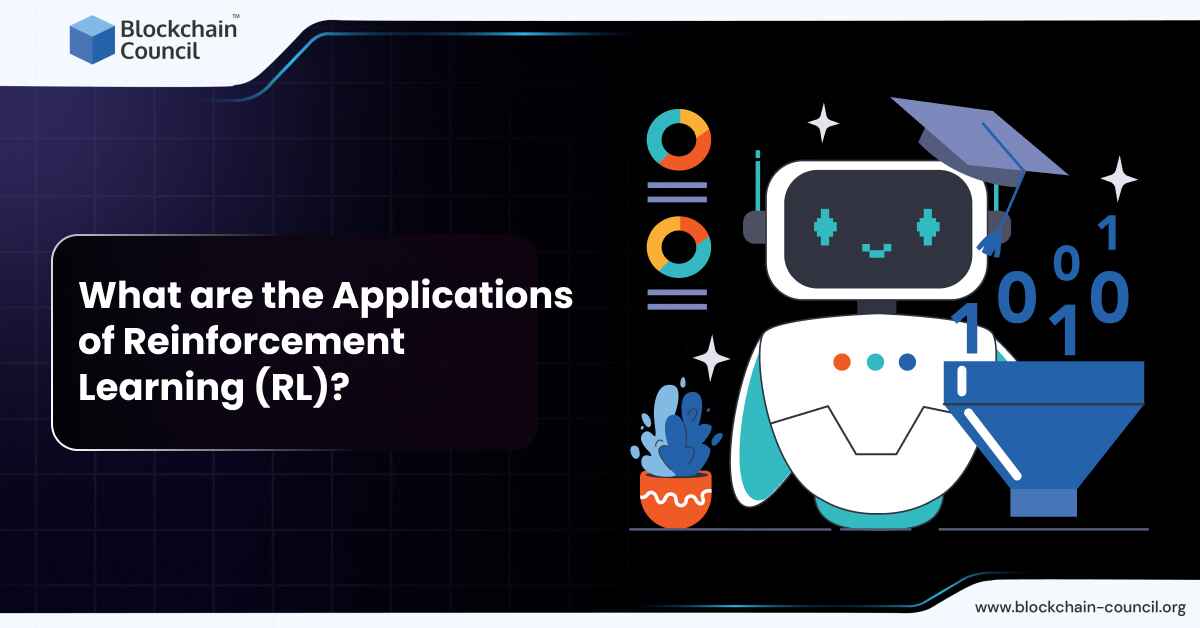
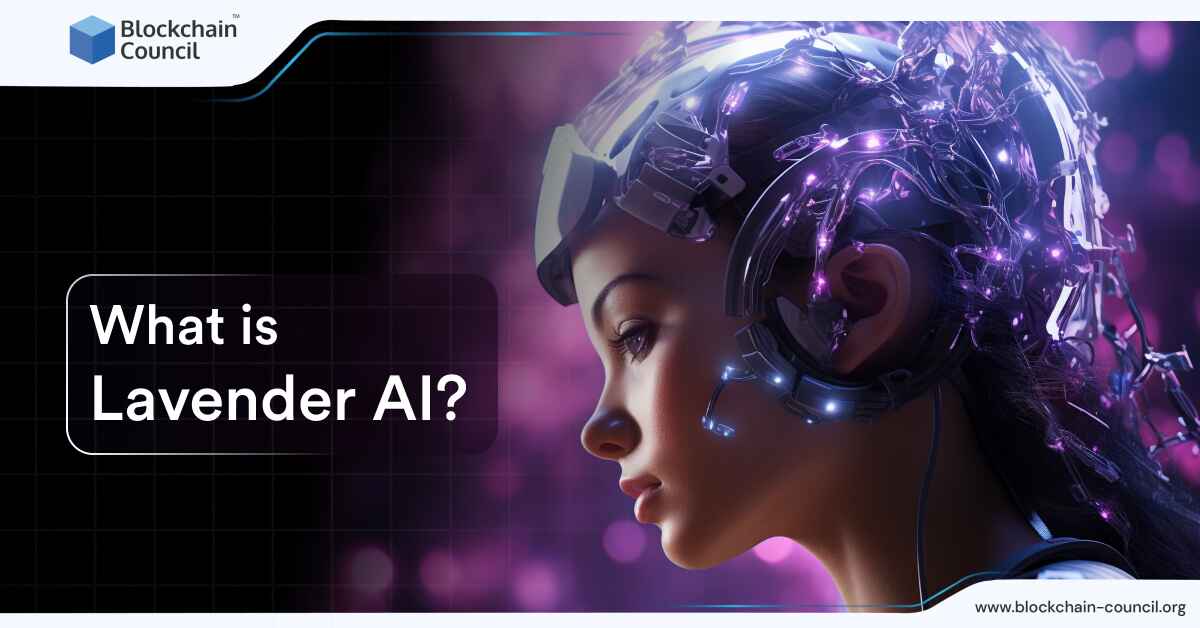
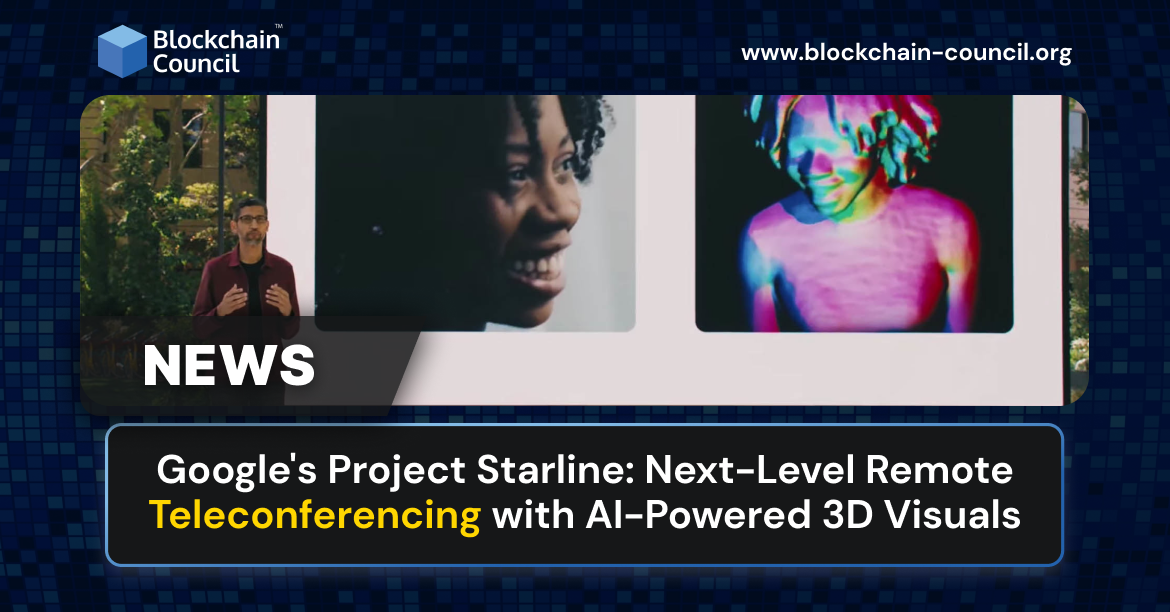
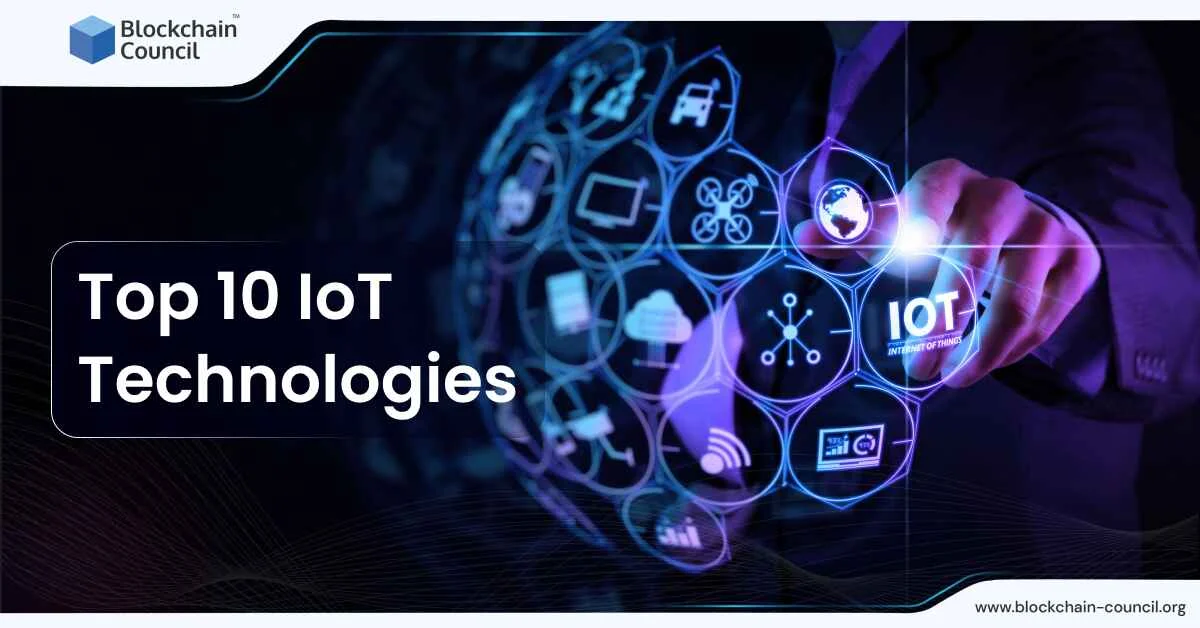
 Guides
Guides News
News Blockchain
Blockchain Cryptocurrency
& Digital Assets
Cryptocurrency
& Digital Assets Web3
Web3 Metaverse & NFTs
Metaverse & NFTs
